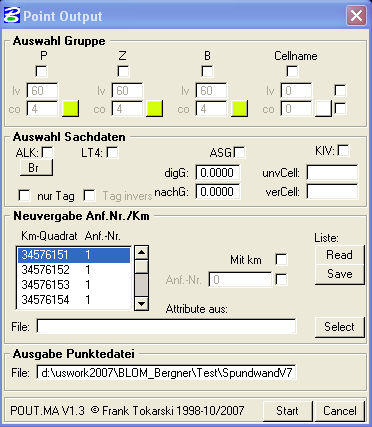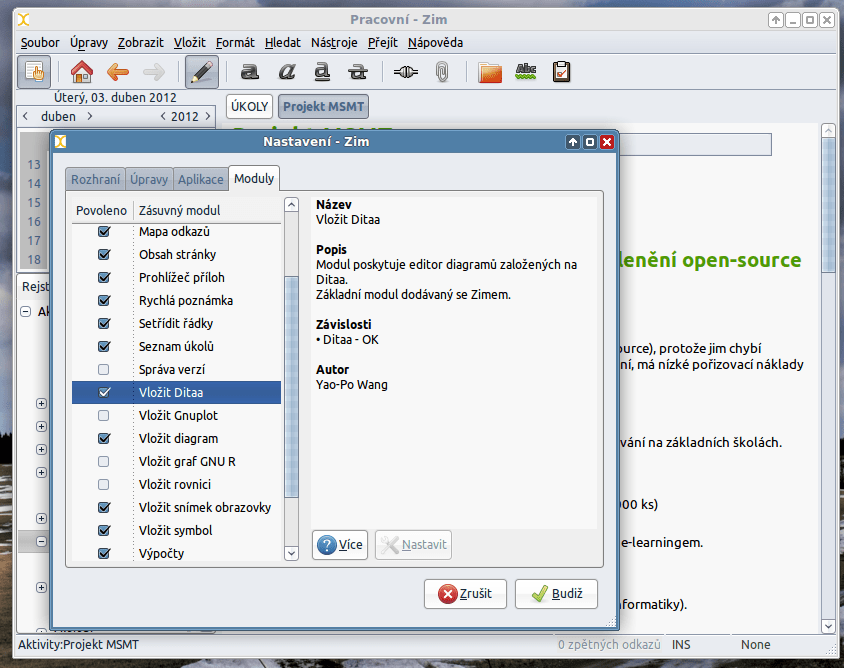

Check the quality of it before running: Right click on your Region -> Remove Invalid Cells -> Preview -> The boxes should indicate 0 problem cells found for a good mesh. These messages very often indicate a problem with mesh or unreasonably high heat flux. STAR - The output shows maximum temperature limited to 5000 in 3468 no. The cell centred value must be used to obtain a more accurate maximum or minimum value as this bases the value on the centroid of the cell.

The maximum value from a (probe) point corresponds to the temperature value of the nearest node (CFX and CFD-Post operate on this principle). The maximum value of a domain (eg: ) gives a cell centred value (Fluent is coded with this method). Finally, a viewable image is rendered from the data." Next, you may apply any number of filters that process the data to generate, extract or derive features from the data. First, your data must be read into ParaView. There are 3 basic steps to visualizing your data: reading, filtering and rendering. Data that comes from simulation meshes and scanner data is well suited for this type of analysis. Scientific visualization is specifically concerned with the type of data that has a well defined representation in 2D or 3D space. This allows us to get a better cognitive understanding of our data. Look at the comparative statistics of information retained by people: 80% in case of visual information, 20% of reading and just 10% of information reaching through ears.Įxcerpts from ParaView tutorial manual: "the process of visualization is taking raw data and converting it to a form that is viewable and understandable to humans. The important of visual data is summarized in image below. Z-buffer is the element of the computer hardware/software that is expected to manage the depth of the image (in the z-direction - into the plane of the screen). An "image map" or 'bitmap' or "frame buffer" is a array or variable to store color data. Color often requires 1 byte per channel, with 3 color channels per pixel: red, green, and blue. Greyscale typically has one byte per pixel, for 2 8 = 256 intensities. One of 2 N intensities or colors are associated with each pixel, where N is the number of bits per pixel. The screen is represented by a 2D array of locations called pixels. This refers to the process of converting underlying mathematical representation of solid geometry into visual forms. One of the commonly used term in post-processing and visualization technique is 'rendering'. Post-processing activity includes generation of detailed report with the help of quantitative data, qualitative data, contour plots, vector plots, streamlines, area-average values, mass-average values, pressure coefficient, lift coefficient, centre of pressure. The resulting standard data format, mzML, is a well tested open-source format for mass spectrometer output files that can be readily utilized by the community and easily adapted for incremental advances in mass spectrometry technology.Post-processing of CFD Results Extracting Engineering Information from CFD Results The new data format incorporated many of the desirable technical attributes from the previous data formats, while adding a number of improvements, including features such as a controlled vocabulary with validation tools to ensure consistent usage of the format, improved support for selected reaction monitoring data, and immediately available implementations to facilitate rapid adoption by the community.
#Mmass export as ascii software#
To resolve the issues associated with having multiple formats, vendors, researchers, and software developers convened under the banner of the HUPO PSI to develop a single standard.

Initially, the efforts to develop a standard format for mass spectrometry data resulted in multiple formats, each designed with a different underlying philosophy. With the rapid advances in mass spectrometry technology and methods, it has become imperative to provide a standard output format for mass spectrometry data that will facilitate data sharing and analysis. Mass spectrometry is a fundamental tool for discovery and analysis in the life sciences.


 0 kommentar(er)
0 kommentar(er)
